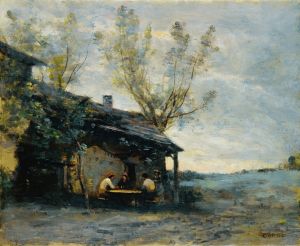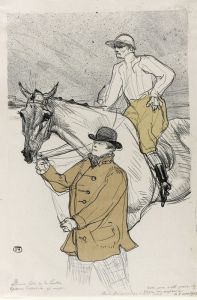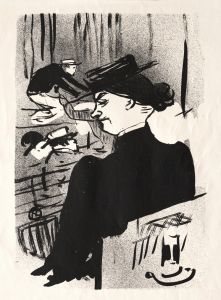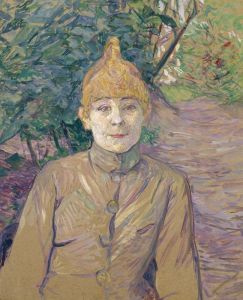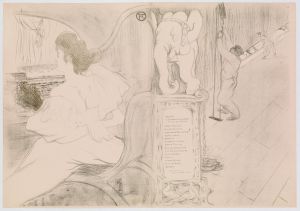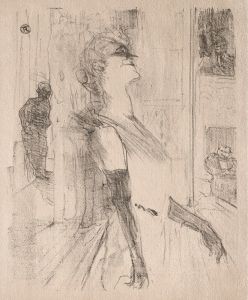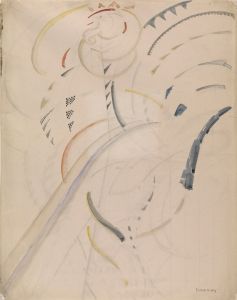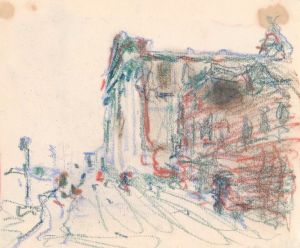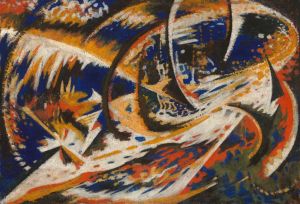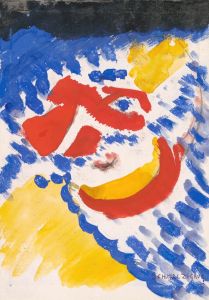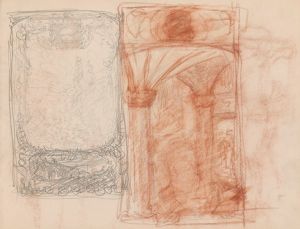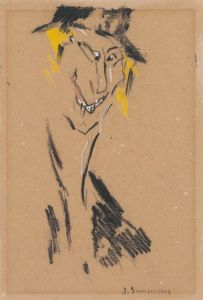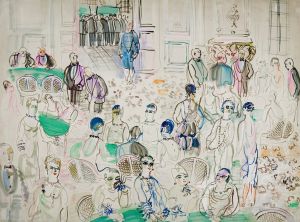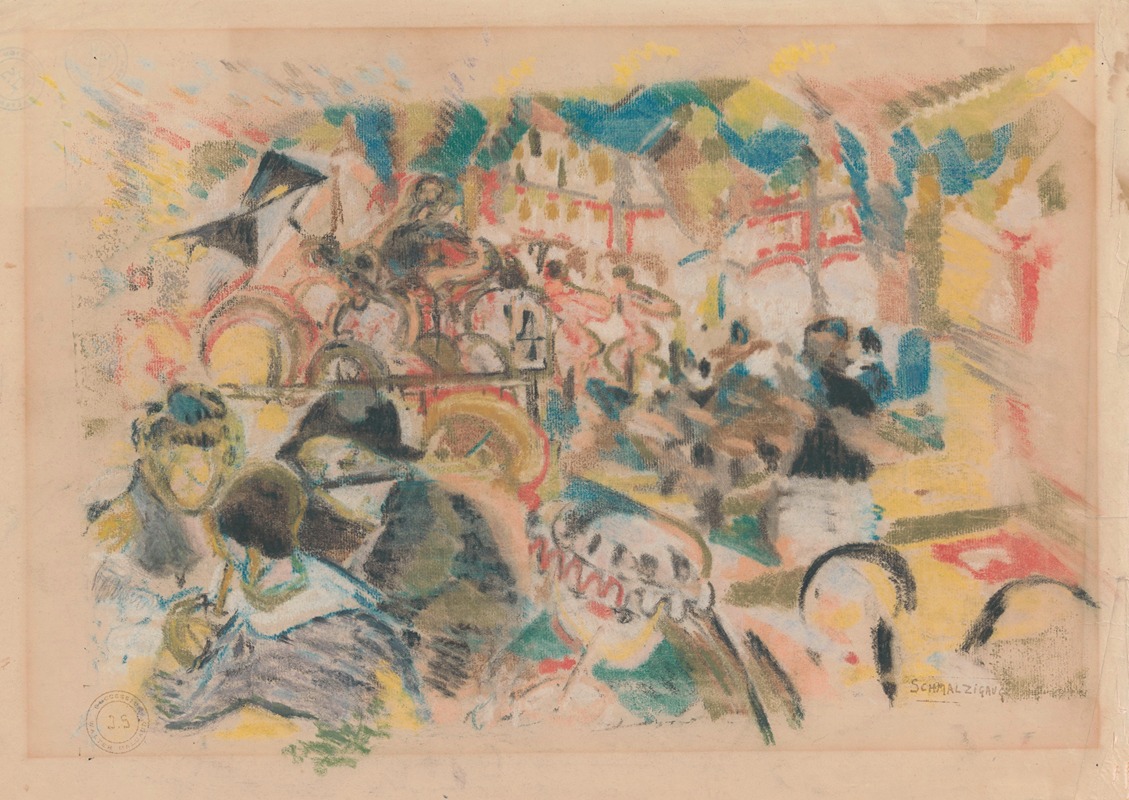
Café-chantant
A hand-painted replica of Jules Schmalzigaug’s masterpiece Café-chantant, meticulously crafted by professional artists to capture the true essence of the original. Each piece is created with museum-quality canvas and rare mineral pigments, carefully painted by experienced artists with delicate brushstrokes and rich, layered colors to perfectly recreate the texture of the original artwork. Unlike machine-printed reproductions, this hand-painted version brings the painting to life, infused with the artist’s emotions and skill in every stroke. Whether for personal collection or home decoration, it instantly elevates the artistic atmosphere of any space.
Jules Schmalzigaug (1882–1917) was a Belgian painter associated with the Futurist movement, which emerged in the early 20th century. His work often reflected the movement's emphasis on dynamism, modernity, and the depiction of movement and energy. One of his notable works, Café-chantant, exemplifies these characteristics and provides insight into his artistic approach.
Café-chantant is a painting that captures the lively atmosphere of a café-concert, a popular form of entertainment in Europe during the late 19th and early 20th centuries. These venues combined dining with musical and theatrical performances, often featuring singers, dancers, and comedians. Schmalzigaug's depiction of this setting aligns with the Futurist interest in modern urban life and its vibrant, energetic environments.
The painting is characterized by its dynamic composition and use of vivid colors, which create a sense of movement and vitality. Schmalzigaug employed techniques inspired by the Futurists, such as fragmented forms and rhythmic patterns, to convey the bustling energy of the café-chantant. The interplay of light and color in the work reflects his study of Divisionism and his interest in the effects of light on perception, which he explored during his time in Italy.
Schmalzigaug was deeply influenced by his exposure to the Italian Futurists, particularly during his stay in Venice and Milan. He participated in the 1914 Esposizione Libera Futurista Internazionale in Rome, where he exhibited alongside prominent Futurist artists such as Giacomo Balla and Umberto Boccioni. This experience solidified his connection to the movement and informed his artistic development.
Despite his promising career, Schmalzigaug's life was tragically cut short when he died by suicide in 1917 at the age of 35. His body of work, including Café-chantant, remains a testament to his innovative approach and his contribution to the Futurist movement. Today, his paintings are held in various collections, including the Royal Museum of Fine Arts in Antwerp, where they continue to be studied and appreciated for their unique perspective on modernity and movement.
Café-chantant stands as an example of Schmalzigaug's ability to merge the principles of Futurism with his own artistic vision, capturing the essence of a fleeting moment in a rapidly changing world.





